What Does Yellow Mean in a Dream?
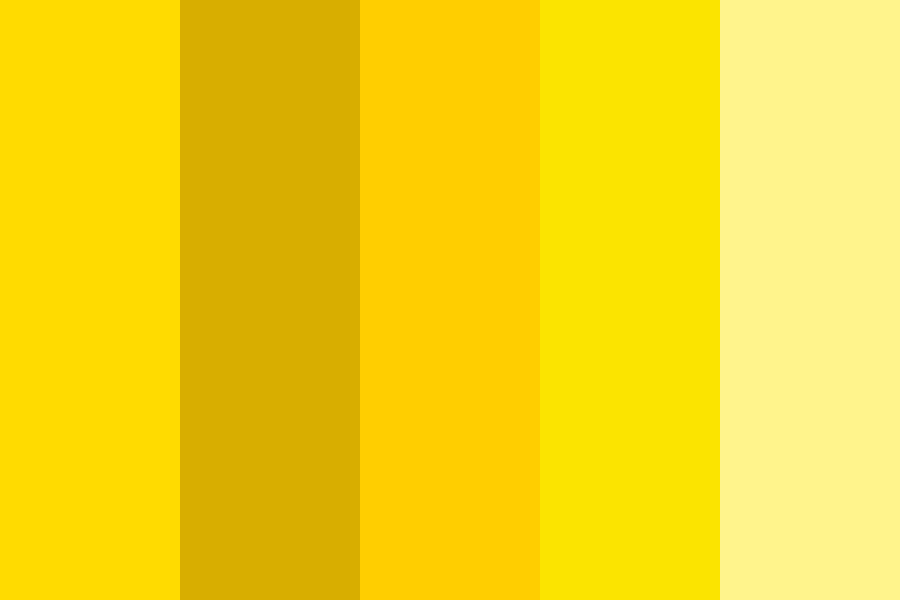
Radiant and energizing, the color yellow has long been associated with the power of the mind, the clarity of thought, and the assertion of the self. From the golden hues of the sun to the vibrant shades of blooming flowers, yellow seems to embody the very essence of illumination, both in the physical and the metaphysical sense.
In this comprehensive exploration, we will delve into the multifaceted nature of yellow, examining its profound effects on our cognitive functions, its rich symbolic and archetypal meanings, and its transformative applications in the realms of psychology, personal development, and spiritual growth.
Our journey will begin with an investigation of the latest scientific research on how exposure to yellow light influences brain activity, information processing, and mental states. We will then trace the threads of yellow symbolism through various cultural and spiritual traditions, exploring its associations with concepts such as wisdom, intellect, and the journey of the hero.
Finally, we will consider how these insights can inform therapeutic practice and personal growth strategies, offering practical guidance on harnessing the power of yellow to enhance mental clarity, self-awareness, and personal empowerment.
Whether you are a mental health professional seeking to expand your understanding of color psychology or an individual eager to tap into the transformative potential of color in your own journey of self-discovery, this in-depth guide to yellow will provide a wealth of knowledge, inspiration, and practical tools for illuminating the mind and empowering the self.
The Meaning of Yellow in Dreams
In the language of dreams, yellow often symbolizes intellect, energy, and transformation. It is associated with the sun, representing life, vitality, and illumination. A bright, golden yellow can indicate enlightenment, creativity, and clarity of thought, while a dull or murky yellow may suggest anxiety, betrayal, or indecision. Jungian psychology connects yellow to the process of individuation, as it is the color of alchemy’s final stage—representing the transmutation of the soul into wisdom and self-awareness. Dreaming of yellow can indicate a search for meaning, the presence of higher consciousness, or a need for intellectual stimulation. If the yellow appears in relation to another object, such as clothing, animals, or landscapes, the symbol’s message may be tied to how one engages with personal power, knowledge, or even caution, as yellow can also be a warning sign in nature.
The Meaning of Yellow in Emotional Transformation Therapy (ETT)
In Emotional Transformation Therapy (ETT), developed by Dr. Steven Vazquez, yellow light is often associated with stimulating cognitive activity and enhancing alertness. It can activate the nervous system and promote a sense of clarity, making it particularly useful for conditions involving mental sluggishness, indecision, or lack of motivation. Yellow light exposure in ETT can be used to shift states of awareness, helping individuals process underlying emotions with greater mental focus.
On a physiological level, yellow has been linked to increasing serotonin activity, which can improve mood and energy levels. However, in some cases, yellow light may also bring up unresolved emotional material related to fear, stress, or anxiety, particularly if these emotions have been suppressed beneath mental overactivity. ETT practitioners carefully modulate the intensity and duration of yellow light exposure to balance its effects, ensuring that it aids in emotional integration rather than overstimulation.
The Neuroscience of Yellow
To fully grasp the psychological impact of yellow, it is essential to first understand how this color affects the brain and the nervous system at a physiological level. Recent advancements in neuroscience and color psychology have provided valuable insights into the complex ways in which different wavelengths of light can modulate neural activity, cognitive functions, and mental states.
Research has shown that exposure to yellow light has a significant impact on the ventromedial prefrontal cortex (vmPFC), a brain region that plays a crucial role in emotional regulation, decision-making, and self-referential processing (Vandewalle et al., 2010). The vmPFC is part of the brain’s default mode network, which is active when we are not focused on the external environment but rather engaged in internal thought processes, such as self-reflection, autobiographical memory retrieval, and mental simulation (Buckner et al., 2008).
Enhancing Mental Clarity and Cognitive Performance
Studies using functional magnetic resonance imaging (fMRI) have demonstrated that exposure to yellow light increases activity in the vmPFC, particularly in the subgenual and pregenual anterior cingulate cortices (Vandewalle et al., 2010). These regions are involved in the integration of emotional and cognitive processes, and their activation is associated with improved mood, reduced anxiety, and enhanced mental flexibility (Drevets et al., 2008).
The increased activity in the vmPFC induced by yellow light has been linked to improvements in various cognitive functions, such as attention, memory, and problem-solving. For example, research has shown that exposure to yellow light enhances the performance of visual search tasks, increases the speed and accuracy of memory recall, and facilitates creative thinking and idea generation (Mehta & Zhu, 2009).
These findings suggest that yellow light may be particularly beneficial for individuals engaged in mentally demanding tasks, such as studying, writing, or problem-solving. By optimizing the function of the vmPFC and related brain networks, yellow light can help create a state of mental clarity, focus, and cognitive flexibility, enabling individuals to process information more effectively and generate novel solutions to complex problems.
Promoting Positive Affect and Emotional Regulation
In addition to its cognitive benefits, yellow light has been shown to have a positive impact on emotional well-being. Studies have found that exposure to yellow light can increase feelings of warmth, cheerfulness, and optimism, while reducing symptoms of depression and anxiety (Valdez & Mehrabian, 1994).
These mood-enhancing effects of yellow light may be mediated by its influence on the brain’s reward and emotional processing systems. Research has shown that yellow light increases activity in the ventral striatum, a key component of the brain’s reward circuitry, which is involved in the experience of pleasure, motivation, and positive affect (Vandewalle et al., 2010).
Furthermore, yellow light has been found to modulate the activity of the amygdala, a brain region that plays a central role in the processing and regulation of emotions, particularly those related to fear and anxiety (Vandewalle et al., 2010). By reducing amygdala reactivity and enhancing its functional connectivity with the vmPFC, yellow light may help individuals regulate their emotional responses and maintain a more positive and resilient outlook in the face of stress or adversity.
Facilitating Self-Awareness and Personal Insight
At a deeper level, the activation of the vmPFC by yellow light may also have implications for self-awareness and personal insight. The vmPFC is involved in the construction and maintenance of the self-concept, the mental representation of one’s own personality traits, values, and autobiographical memories (D’Argembeau, 2013).
Research has shown that increased activity in the vmPFC is associated with greater self-referential processing, meaning a heightened focus on one’s own thoughts, feelings, and experiences (Denny et al., 2012). This heightened self-awareness can facilitate introspection, self-reflection, and the exploration of one’s own inner world, leading to greater personal insight and self-understanding.
Moreover, the vmPFC is also involved in the process of self-projection, the ability to mentally simulate future events and envision alternative possibilities for oneself (Buckner & Carroll, 2007). By enhancing the function of the vmPFC, yellow light may help individuals engage in more vivid and detailed mental simulations, enabling them to better plan for the future, set meaningful goals, and visualize their own potential for growth and transformation.
The Symbolism and Archetypes of Yellow
Beyond its neurophysiological effects, yellow carries a rich tapestry of symbolic and archetypal meanings that have shaped human culture and consciousness throughout history. From ancient myths and religious iconography to modern art and literature, yellow has been imbued with a wide range of associations, reflecting its multifaceted nature and its power to evoke deep psychological and spiritual truths.
The Illumination of the Intellect and the Quest for Wisdom
In many cultural traditions, yellow is associated with the power of the intellect, the pursuit of knowledge, and the attainment of wisdom. In ancient Egypt, yellow was the color of Ra, the sun god who represented the supreme light of understanding and the source of all life and knowledge (Wilkinson, 1994). In Greek mythology, Apollo, the god of light, music, and prophecy, was often depicted with golden hair and a radiant yellow aura, symbolizing his role as the illuminator of the mind and the bestower of insight and inspiration (Biedermann, 1994).
This association between yellow and the intellect is also reflected in the iconography of various spiritual and philosophical traditions. In Hinduism, yellow is the color of the solar plexus chakra, which governs mental clarity, self-confidence, and personal power (Johari, 2000). In Buddhism, yellow is associated with the element of air, which represents the rational mind, the capacity for analysis and discrimination, and the ability to cut through illusion and ignorance (Guenther, 1995).
The symbolism of yellow as the color of wisdom and understanding is particularly evident in the figure of the wise old man, a recurring archetype in myths, folktales, and literature across cultures. Often depicted with a long white beard and golden robes, the wise old man represents the accumulated knowledge and insight of the ages, the inner guru who guides the hero on his quest for truth and self-realization (Jung, 1964).
For individuals seeking to cultivate their intellectual faculties and expand their understanding of themselves and the world, the yellow archetype of the wise old man can serve as a powerful source of inspiration and guidance. By connecting with this inner figure of wisdom through practices such as meditation, journaling, or active imagination, individuals can tap into their own deep well of knowledge and insight, and gain greater clarity and perspective on the challenges and opportunities of their lives.
The Hero’s Journey and the Triumph of the Will
Another key symbolic association of yellow is with the hero’s journey, the archetypal narrative of the individual’s quest for self-discovery, transformation, and the realization of their full potential. In many mythological traditions, the hero is often depicted wearing golden armor or wielding a golden sword, symbolizing their courage, strength, and determination in the face of adversity (Campbell, 1949).
The golden light of the hero’s journey represents the power of the individual will, the inner fire that propels the hero forward on their path of growth and self-actualization. This fire is often depicted as a trial or ordeal that the hero must endure, such as the slaying of a dragon or the descent into the underworld, in order to prove their worth and claim their true identity (Jung, 1964).
In psychological terms, the hero’s journey can be understood as the process of individuation, the gradual integration and balancing of the various aspects of the psyche, leading to the emergence of the Self, the central archetype of wholeness and unity (Jung, 1964). The yellow light of the hero’s journey thus represents the ego’s striving for self-realization, the willingness to confront one’s own shadows and limitations, and the courage to embrace one’s unique destiny and purpose.
For individuals embarking on their own hero’s journey of personal growth and self-discovery, the yellow archetype of the hero can serve as a powerful source of motivation and inspiration. By connecting with the qualities of courage, determination, and resilience embodied by the hero, individuals can find the strength and perseverance to overcome the obstacles and challenges that inevitably arise on the path of transformation.
The Alchemy of the Soul and the Transmutation of Consciousness
In the Western esoteric tradition, yellow is associated with the process of spiritual alchemy, the transformation of base matter into gold, which serves as a metaphor for the transmutation of the soul and the awakening of higher consciousness (Jung, 1968). In alchemical symbolism, yellow represents the stage of citrinitas, the yellowing or dawning of the light, which follows the blackening (nigredo) and whitening (albedo) of the prima materia, the raw material of the psyche (Edinger, 1994).
The yellow stage of the alchemical process represents the illumination of the mind, the awakening of insight and understanding, and the integration of the conscious and unconscious aspects of the psyche. It is the moment when the darkness of ignorance and confusion gives way to the light of wisdom and clarity, and the individual begins to see themselves and the world in a new, more expansive way (Edinger, 1994).
This process of alchemical transformation is often depicted using the symbolism of the sun, the supreme embodiment of yellow light and the source of all life and energy. In many spiritual traditions, the sun represents the divine spark within the individual, the inner light of consciousness that guides the soul on its journey of awakening and reunification with the Absolute (Eliade, 1996).
For individuals seeking to transform their lives and awaken to their highest potential, the yellow symbolism of alchemy and the sun can serve as a powerful catalyst for personal growth and spiritual development. By engaging in practices that stimulate the inner alchemy of the psyche, such as meditation, dreamwork, or expressive arts, individuals can tap into the transformative power of yellow light and accelerate their own process of self-realization and enlightenment.
Therapeutic Applications of Yellow
The insights gained from the neuroscience and symbolism of yellow have important implications for therapeutic practice and personal growth strategies. By consciously working with the qualities and archetypes of yellow, therapists and individuals can harness its transformative potential to enhance mental clarity, self-awareness, and personal empowerment.
Enhancing Cognitive Performance and Problem-Solving
Given its positive effects on attention, memory, and cognitive flexibility, yellow can be a valuable tool for optimizing mental performance and problem-solving abilities. Incorporating yellow elements into the learning or work environment, such as through the use of yellow lighting, artwork, or decor, may help create an atmosphere conducive to focused concentration and creative thinking.
Additionally, therapists can guide clients through visualization exercises that evoke the clarity and illumination of yellow light, such as imagining a golden sun radiating its energy into the mind or picturing oneself bathed in a warm, yellow glow that dispels mental fog and confusion. Such interventions can be particularly helpful for individuals struggling with issues such as attention deficit hyperactivity disorder (ADHD), cognitive impairment, or creative blocks.
Moreover, the use of yellow in problem-solving contexts can be enhanced by drawing on its archetypal associations with wisdom and insight. For example, clients can be encouraged to visualize a wise old man figure who offers guidance and perspective on the challenges they are facing, or to imagine themselves as the hero who wields the golden sword of discernment and clarity in the face of complex decisions or dilemmas.
Cultivating Positive Affect and Emotional Resilience
The mood-enhancing and anxiety-reducing effects of yellow light make it a useful tool for promoting emotional well-being and resilience. Exposure to yellow light, either through natural sunlight or artificial light therapy, can help alleviate symptoms of depression, seasonal affective disorder (SAD), and other mood disorders (Lam et al., 2006).
In addition to its direct physiological effects, yellow can also be used symbolically to evoke feelings of warmth, cheerfulness, and vitality. Therapists can guide clients through imagery exercises that involve visualizing themselves surrounded by a radiant yellow aura or imagining a golden sun melting away feelings of sadness, fear, or despair.
The archetypal associations of yellow with the hero’s journey and the triumph of the will can also be harnessed to cultivate emotional resilience and perseverance in the face of adversity. Clients can be encouraged to connect with the qualities of courage, determination, and inner strength embodied by the hero archetype, and to draw on these resources when confronted with challenges or setbacks.
Facilitating Self-Reflection and Personal Insight
The activation of the vmPFC by yellow light and its role in self-referential processing and self-awareness make yellow a powerful tool for facilitating introspection, self-reflection, and personal insight. Therapists can create a yellow-enriched environment in the therapy room to help clients access a state of heightened self-awareness and introspection, conducive to exploring their inner world and gaining new perspectives on their thoughts, feelings, and experiences.
Guided visualizations that involve imagining oneself bathed in a golden light of self-understanding or engaging in a dialogue with an inner wise self figure can help clients tap into their own deep well of personal insight and wisdom. Journaling exercises that prompt clients to reflect on their values, goals, and aspirations, or to explore the symbolic meanings of yellow in their own lives, can also facilitate greater self-awareness and personal growth.
The alchemical symbolism of yellow as a stage of spiritual transformation and the awakening of higher consciousness can also be used to support clients in their own process of individuation and self-realization. By engaging in practices that stimulate the inner alchemy of the psyche, such as dreamwork, active imagination, or expressive arts, clients can harness the transformative power of yellow to transmute limiting beliefs, heal old wounds, and awaken to their highest potential.
In conclusion, the color yellow emerges as a powerful and multifaceted force in the realm of psychology, with profound effects on cognitive functions, emotional states, and personal growth. From its ability to enhance mental clarity and problem-solving to its capacity to promote positive affect and self-awareness, yellow offers a wide range of therapeutic applications and transformative potentials.
By understanding the neuroscience of yellow light and its impact on brain function, as well as the rich symbolic and archetypal meanings of yellow across cultures and traditions, therapists and individuals can consciously harness the power of this luminous hue to support healing, growth, and self-realization.
Whether through the use of yellow-enriched environments, guided visualizations, or personal growth practices that draw on yellow’s transformative symbolism, the integration of yellow into therapeutic and self-development contexts can help individuals awaken to their inner resources of wisdom, resilience, and personal power.
As we continue to explore the fascinating world of color psychology and its applications, let us remember the illuminating lessons of yellow: that within each of us lies a radiant sun of consciousness, a golden hero ready to embark on the journey of self-discovery, and a wise alchemist capable of transmuting the prima materia of our lives into the gold of our highest potential. May we all find the courage and clarity to follow the yellow brick road of our own unique path, and to shine our light brightly in the world.
Color Psychology
Psychology of Red-Orange
Psychology of Orange

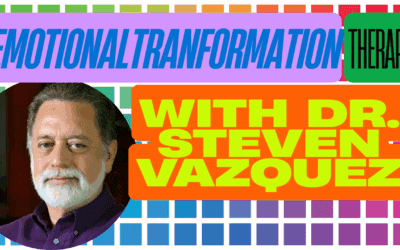


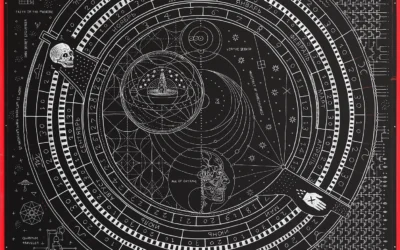
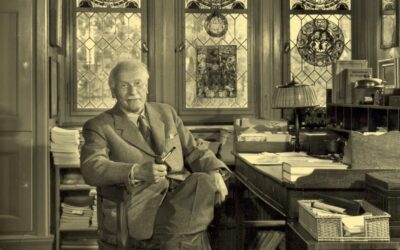
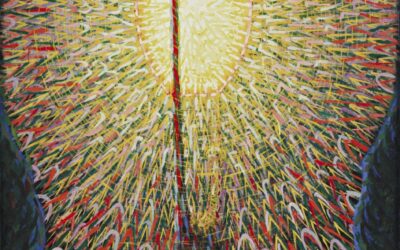

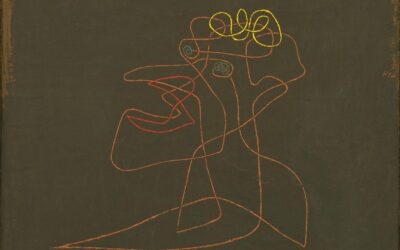
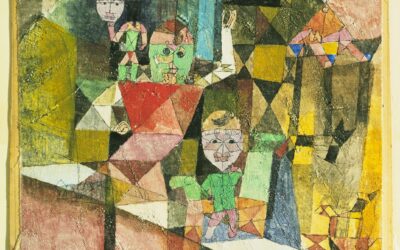

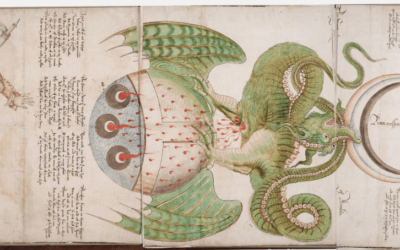
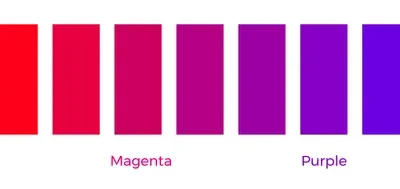
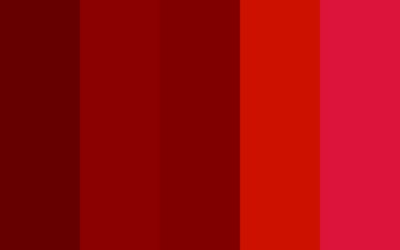
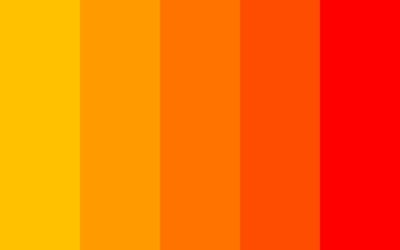
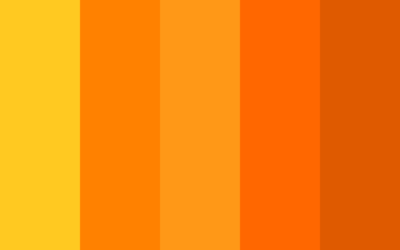




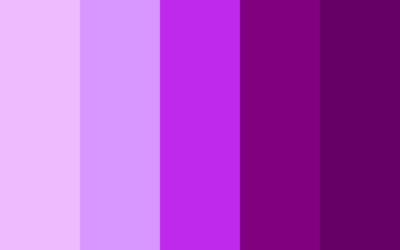
0 Comments